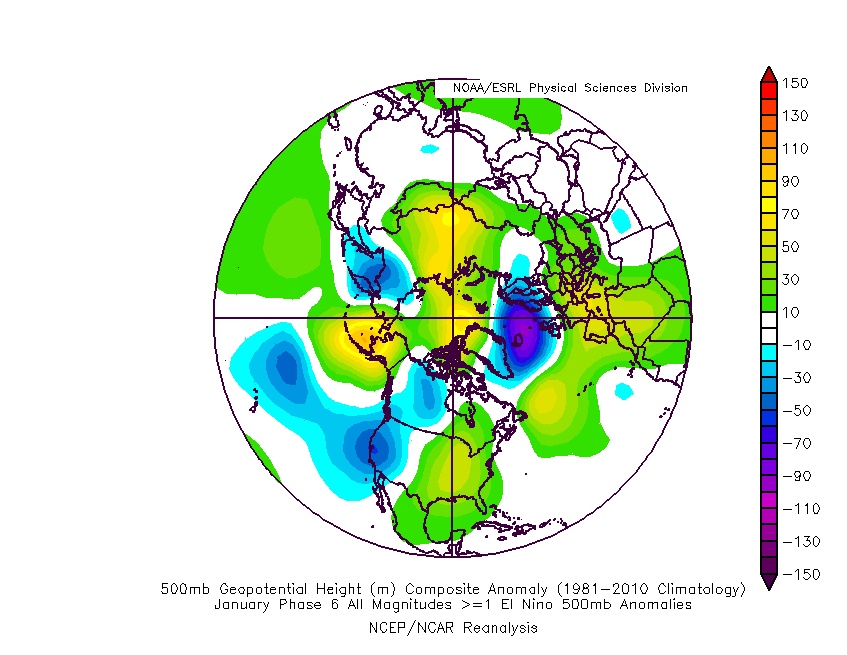There is very good run-to-run and even cross-model consistency with the build of heights poleward from Siberia days 6-10, which suggests an unusually strong signal for it to behave in that way.
During that time, the MJO is projected by GEFS to reach phase 6 while in an amplified state, and the composite for that fits the 6-10 day trop. output very closely indeed (GFS day 8 used as an example on the right, GFSP is very similar):


Unfortunately the MJO outlook charts aren't working properly this evening so I can't be sure what the latest from the models is.
With ECM also bearing close resemblance in the 6-10 day range lately, I can only guess that it is modelling a similar MJO progression.
This then brings us to a critical point, right on the edge of ECM/GFSP higher-res, when the ridge from Siberia reaches a location from which it can force a tropospheric polar vortex split:


(For now I have GFSP on the left and GFS on the right, I intend to swap in the ECM chart later this evening).
This is when the MJO phase 7 forcing seems to make itself known in the output, as we see a very 'forced' appearance to the runs days 11-16, where height rises to the west and northwest just keep on coming regardless of various low pressure systems trying to trash the party.
I'm pretty sure that this isn't strat.-forced, because the current 30hPa split doesn't appear at lower levels just before this takes place. Instead we are seeing a split driven from the troposphere.
It's apparent dependence on the MJO means we need to give this a good number of days before we can start to consider it a likely outcome. The ECM ensembles were not keen on taking it through phase 7 when I last saw the MJO output two days ago, but this may well have changed considering the way this morning's ECM control run unfolded. They did underestimate the progression back in December and perhaps this is happening again.
Perhaps.
In light of Solar Cycle's posts, I would like to add that the vortex looks like being quite a lot weaker for week 3 of January than it was when we went through the sequence last month, so I think any cold setup would last a little longer this time around.
If we could see further wave 2 activity during this time, that would start to bring a longer lasting cold spell into the realms of possibility. So far there are hints of it in some model runs but it's not very enthusiastic.
I'll be keeping my expectations down to a few days of cold, snowy conditions at most until if and when better wave breaking develops in the output.
If you have any problems or queries relating to TWO you can Email
[email protected] https://twitter.com/peacockreports 2023's Homeland Extremes:
T-Max: 30.2°C 9th Sep (...!) | T-Min: -7.1°C 22nd & 23rd Jan | Wettest Day: 25.9mm 2nd Nov | Ice Days: 1 (2nd Dec -1.3°C in freezing fog)
Keep Calm and Forecast On